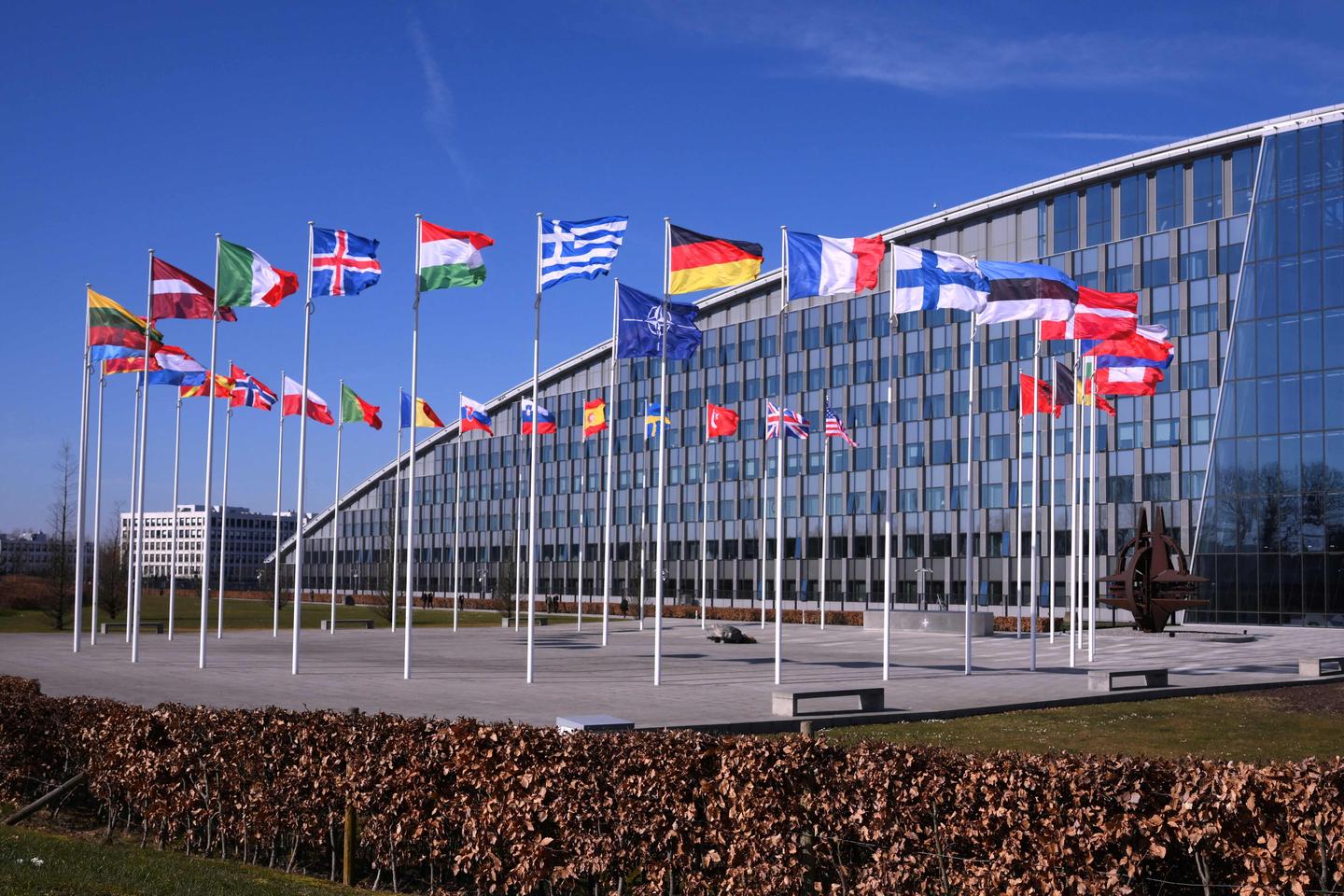


History of a notion. Maintaining the cohesion of the Western bloc and a strong transatlantic relationship in the face of the Soviet danger. In the aftermath of the Second World War, such was the strategic objective of the United States, even as its British and French allies were bled dry in a devastated Europe.
"Keep the Russians out, the Americans in and the Germans down," once said the first secretary general of the North Atlantic Treaty Organization (NATO), Lord Hastings Ismay, to sum up the mission of the organization created in 1949.
That was when the notion of "Atlanticism" started to appear. NATO was and remains – but for how much longer? – the most obvious concrete expression of an organic link between the two shores that goes far beyond the military sphere. "Atlanticism is based on two interdependent pillars: a community of values (democracy, individual freedoms, the rule of law) and a community of interests, with a shared vision of the major strategic challenges and the means to meet them, in order to create a genuine defense and security community," said Alexandra de Hoop Scheffer, president for Europe of the think tank German Marshall Fund.
'Brain death'
The disproportion of means between the US and the other members of the alliance was obvious from the outset. The latter were not so much allies – equals – as protégés. The North Atlantic Treaty outlines a defensive strategy for the signatory countries, with mutual assistance in the event of aggression, as specified in Article 5, but it also refers explicitly to the protection of a liberal and democratic order.
Not without hypocrisy. Then led by dictator Antonio de Oliveira Salazar, Portugal joined NATO at its foundation, and other member countries such as Turkey and Greece have experienced dictatorships. But that vision became even more pronounced when, after the end of the Cold War, NATO had to find a new raison d'être, while at the same time expanding to include countries from the former Eastern Bloc that saw it as the only real guarantee of security.
You have 61.16% of this article left to read. The rest is for subscribers only.
